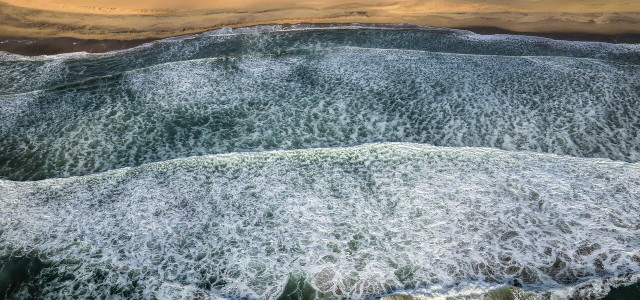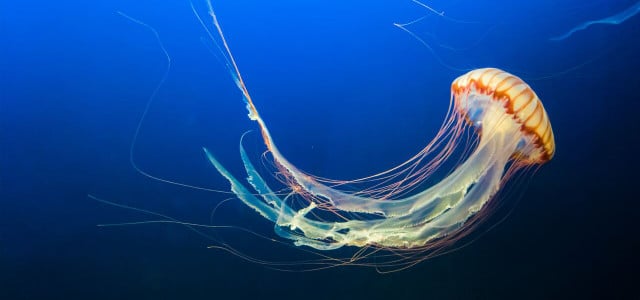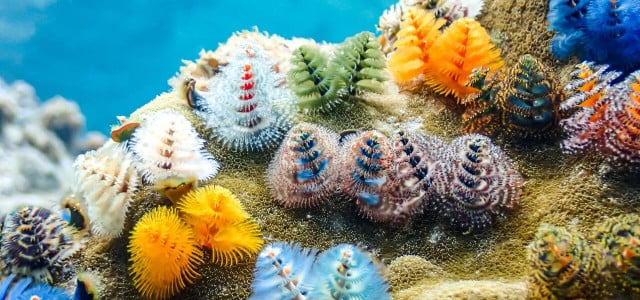Ocean dead zones are areas where marine life can no longer survive due to reduced oxygen levels in the water. Learn how dead zones are formed, why they are dangerous, and what we can do to prevent them from spreading.
Dead zones in our oceans are areas, often near the coastline, where the level of oxygen in the water has plummeted. As a result, most native marine life either dies or must migrate to more oxygenated waters to survive. This low-oxygen phenomenon, also called “hypoxia” (from the Greek hypo meaning “under” and oxia meaning “oxygen”), is found not only in oceans but also in some major lakes.
How Do They Form?
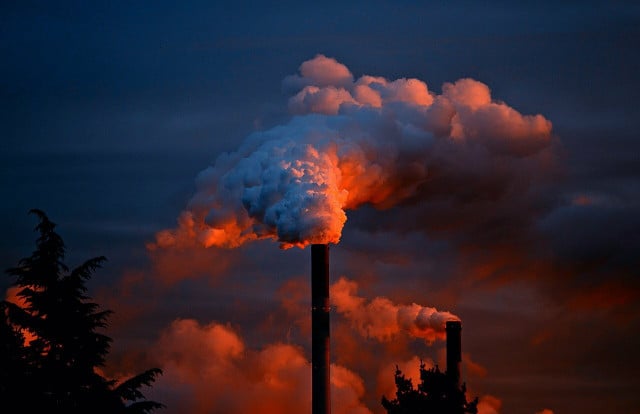
(Foto: CC0 / Pixabay / JuergenPM)
While dead zones can occur naturally, many have been created or intensified by human activity. Nutrient pollution is one of the main ways that humans contribute to this phenomenon. Wastewater, fertilizer, and burned fossil fuels contain nutrients that help algae grow, such as nitrogen and phosphorous. These nutrients enter oceans, rivers, and lakes either directly (for example, by pipes pumping in wastewater) or indirectly (for example, when runoff from fertilized farmland enters the water after a rainstorm), the National Oceanic and Atmospheric Administration (NOAA) finds.
Once the nutrients are in the water, they nourish the blue-green algae and cause it to multiply. Often, algal blooms will form, a process in which the algae “takes over” a body of water and cuts off access to oxygen and sunlight for other life forms. Lakes may turn a bright blue-green as the algae spread, and oceans can experience “red tides” from the red algal blooms.
The final step is when even the algae doesn’t have enough oxygen to survive. The dying algae and other organisms that managed to thrive in the algal bloom stage fall to the ocean floor to decompose. Microscopic bacteria use up the rest of the oxygen while breaking down and decomposing the algae. This creates a dead zone in the ocean, lake, or river where few other life forms besides bacteria can survive.
Climate change can also speed up this process: as climates changes, the temperature of the water rises. Warmer waters hold less oxygen than their cooler counterparts, so dead zones form more easily.
Where Are Ocean Dead Zones?
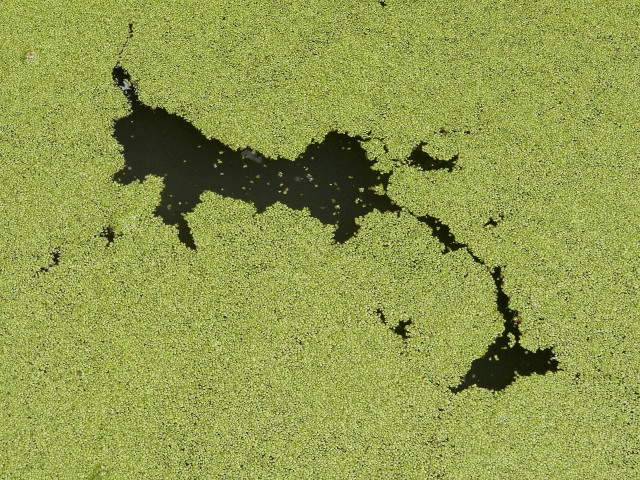


(Foto: CC0 / Pixabay / BastardAsh)
Over 400 dead zones were reported worldwide in a 2008 study by Professor Robert Diaz. They can occur anywhere, but are most common on coastlines, where water is most likely to be exposed to nutrient byproducts of manufacturing and production.
There are many dead zones along the coasts of largely industrialized nations, for example the East Coast of the US, Japan, the Korean Peninsula and the Baltic Sea coast. The NOAA reports that the US contains the second largest ocean dead zone in the world, along the northern Gulf of Mexico (the largest is in the Arabian Sea). The Great Lakes also experience dead zones.
What Problems Do Dead Zones Cause?
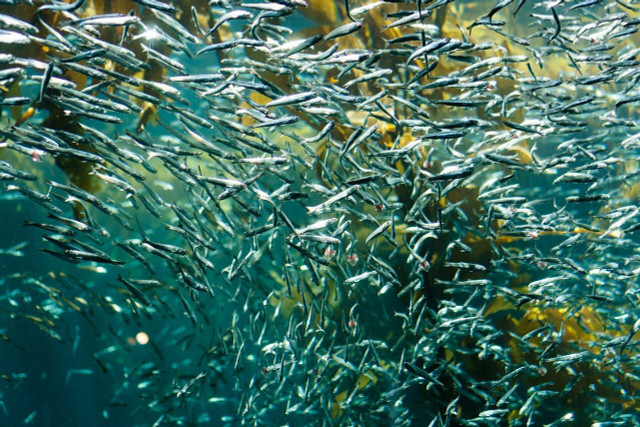


(Foto: CC0 / Pixabay / pixaoppa)
Dead zones in our oceans impact marine life and aquatic birds the hardest. Huge populations of fish can be killed off, and in turn aquatic birds that feed on these fish will be left without a food source. There is also a significant human impact. Edible shellfish, such as oysters, can absorb dangerous bacteria as they filter-feed in dead zones or algal blooms. Humans who eat these tainted shellfish can become sick or even die.
Potential Solutions
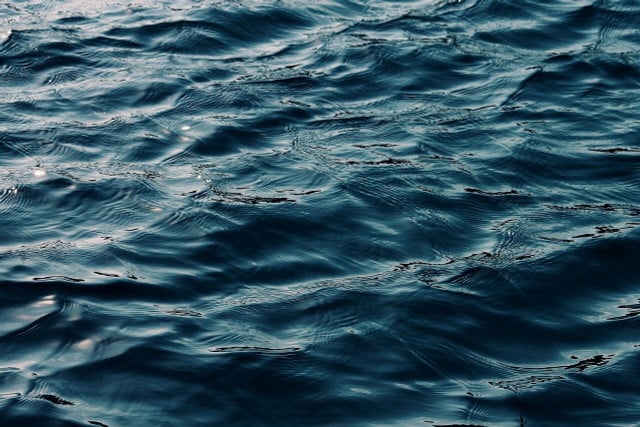


(Foto: CC0 / Pixabay / manfredrichter)
One way to stop dead zones from growing or forming is by reducing the nutrient-creating behaviors that cause them in first place. For example, the United States Environmental Protection Agency (EPA) reported this year that the water quality in Boston Harbor has improved in part due to better controls on wastewater.
It isn’t just nutrient pollution that’s to blame. National Geographic explains how overfishing can also worsen the problem. As larger fish, such as cod, are removed from the marine biome, they consume fewer smaller fish, who multiply and eat more of the plankton. There is then less plankton to feed on the algae, so there is more algae than usual. Measures against overfishing might prevent the rapid formation of ocean dead zones.
Although these are large-scale problems that require large-scale solutions, you can always help the cause by striving to eat organic foods that were produced without synthetic pesticides, reducing your carbon footprint, and cutting down on your consumption of fish.
Read more:
- 8 Things You Can Do to Save the Ocean
- Carbon Emissions in the US: What We Have to Change
- Human Environment Interaction: Definition & Examples
Do you like this post?






